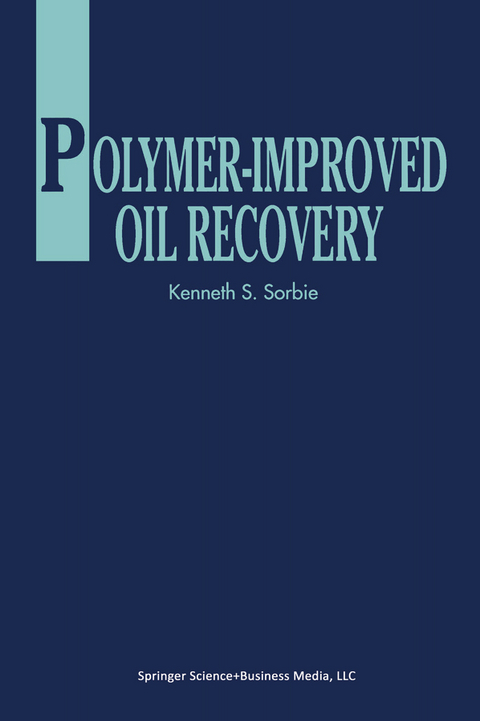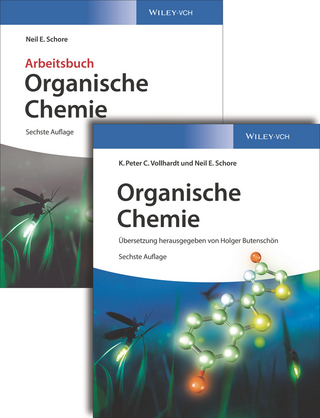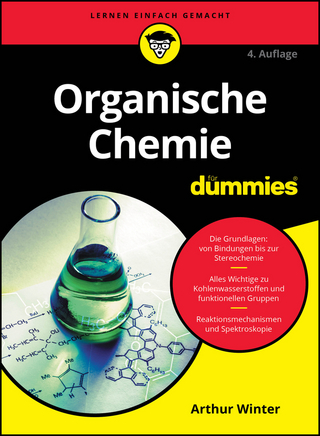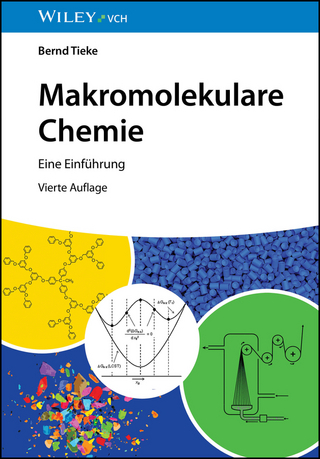
Polymer-Improved Oil Recovery
Kluwer Academic Publishers (Verlag)
978-0-216-92693-6 (ISBN)
Structure of the main polymer types used in IOR; bulk properties of polymer solutions; polymer stability; polymer retention in porous media; polymer rheology in porous media; polymer transport in porous media; oil displacement using polymers; polymer crosslinker systems - in situ gelation; review of oilfield experience of polymer flooding; conclusions; references; appendices.
..recommended for polymer libraries as this is the most significant book covering the technology of polymers in enhanced oil recovery - Air Products and Chemicals; ..can serve both as a superb reference for experts and as a good starting point for those just entering the area - R S Seright, New Mexico Petroleum Recovery Research Center; This book successfully fills a gap in the published literature that has been sadly lacking to date...I believe the book to be an extremely valuable addition to the IOR subject area, ideal for researchers engaged in potential field assessments. - Scientific Drilling; The author has avoided extensive mathematical derivations and has made careful reference to laboratory observations on cores and polymer solutions. Throughout, the text gives evidence of great care of his part to make the subject assimiable to as wide a readership as possible....Overall, I can recommend this book, particularly to those directly involved with reservoir modelling. It contains much that is better collected and presented there than in other texts or papers. - Transport of Porous Media
| Zusatzinfo | 18 Illustrations, black and white; XII, 359 p. 18 illus. |
|---|---|
| Verlagsort | Dordrecht |
| Sprache | englisch |
| Maße | 155 x 235 mm |
| Themenwelt | Naturwissenschaften ► Chemie ► Organische Chemie |
| Naturwissenschaften ► Geowissenschaften ► Geologie | |
| Naturwissenschaften ► Geowissenschaften ► Mineralogie / Paläontologie | |
| Technik ► Elektrotechnik / Energietechnik | |
| Technik ► Maschinenbau | |
| ISBN-10 | 0-216-92693-9 / 0216926939 |
| ISBN-13 | 978-0-216-92693-6 / 9780216926936 |
| Zustand | Neuware |
| Haben Sie eine Frage zum Produkt? |
aus dem Bereich


